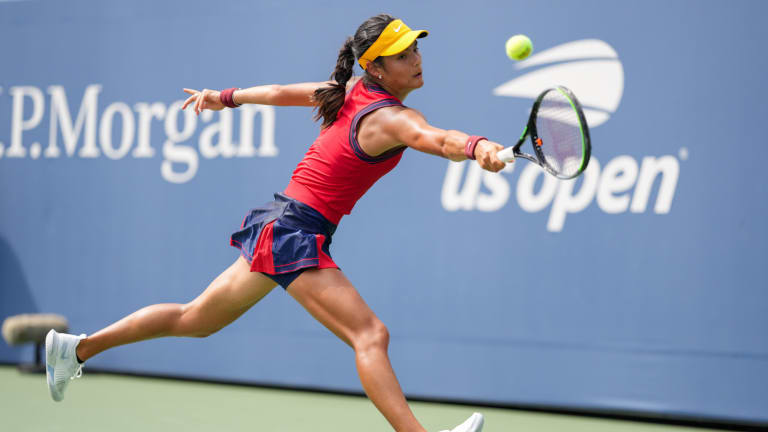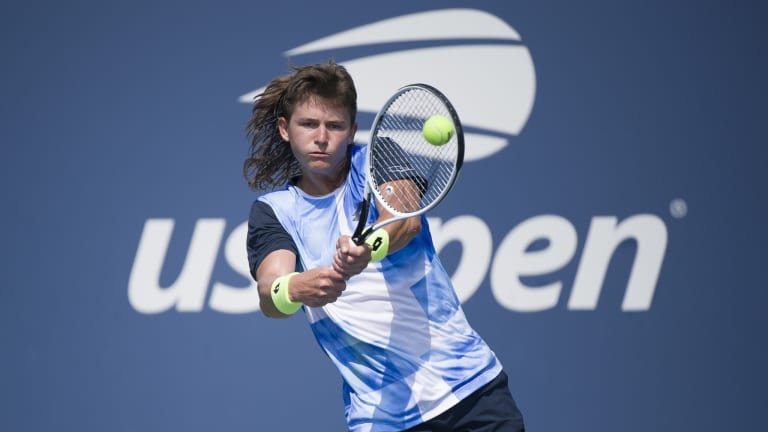For the 200-odd players preparing to play the US Open next week, a spot in the main draw is a given, the launchpad for success—foretold or otherwise. But another 200 players have already descended on the USTA Billie Jean King National Tennis Center to compete in the Qualifying Tournament. The game within a game.
On its face, Grand Slam qualifying presents an almost taunting challenge to those unable to make the main draw on the strength of their ranking. After all, if winning three matches under extreme pressure came easily, they wouldn’t be playing qualies, would they?
It’s an irony the athletes are forced to put aside, lest they lose the game before they start playing. It’s also something I never considered as a young fan growing up 20 minutes from Flushing Meadows. For me, US Open qualifying was better than the main event. Built to rival what begins The Canterbury Tales, it’s a prologue that one can't afford to skip.
Open to the public free of charge, those four days were an early opportunity to scout changes around the grounds, to bound between Louis Armstrong Stadium and the then-adjacent Grandstand to catch top seeds practicing. Most importantly, it was a time to invest early, emotionally speaking, in the players who could find themselves contesting for main-draw glory in a week’s time.

